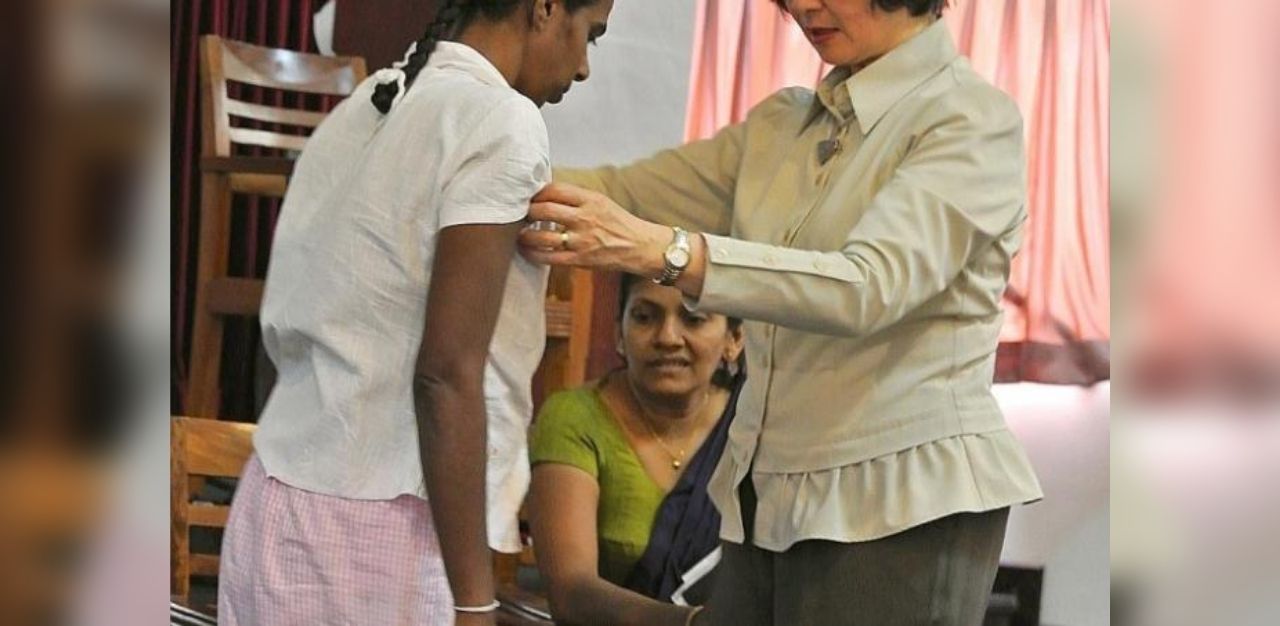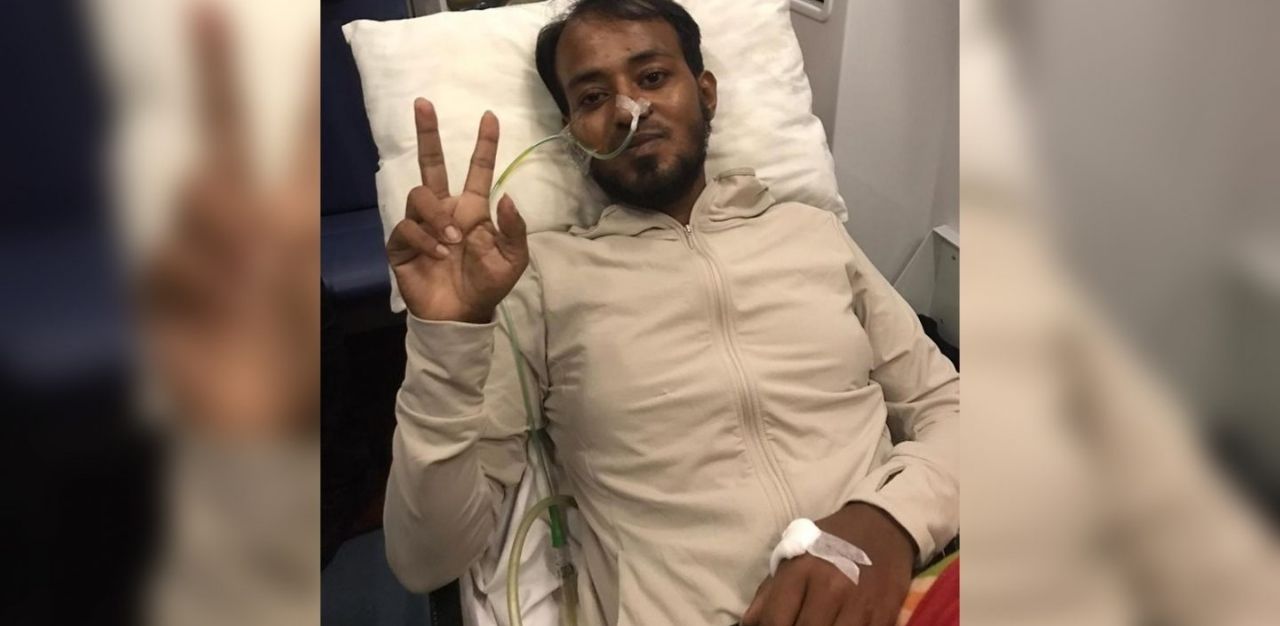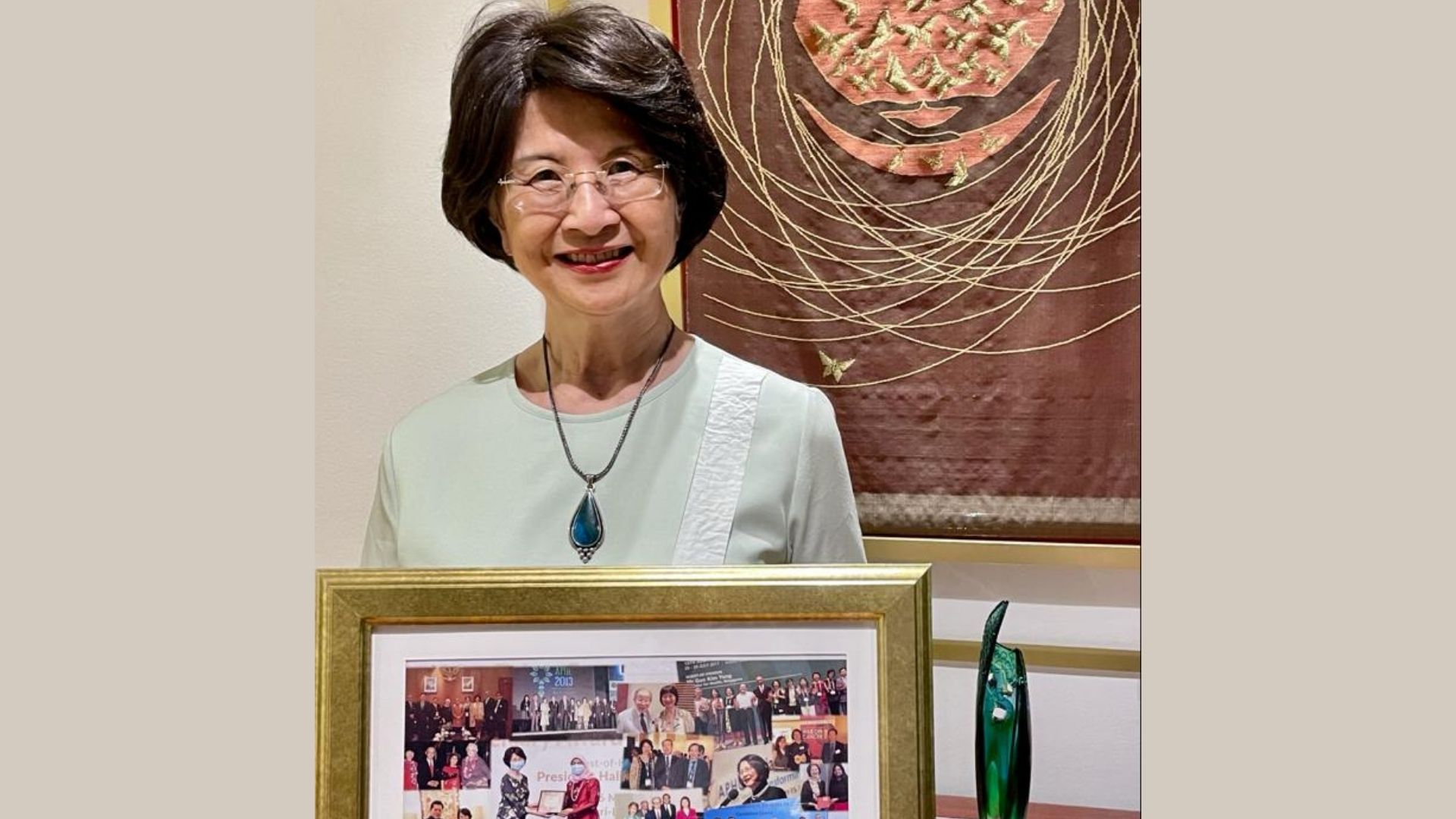Professor Cynthia Goh, a pioneer in palliative care in Singapore and the Asia Pacific region, has died of pancreatic cancer.
A palliative care expert, Prof Goh was instrumental in promoting the access of hospice and palliative care in the Asia Pacific region and was serving in the Asia Pacific Hospice Care Network (APHN) as the Advisory Committee Chair. She was also providing leadership in the projects to help build capacity for palliative care in low-and-middle-income countries like Bangladesh, Myanmar, Sri Lanka, India and Bhutan.
She was diagnosed with pancreatic cancer in late 2020 and succumbed on 13 February.
Prof Goh was 71.
Long hard struggle for palliative care to be part of Singapore’s medical landscape
Prof Goh was familiar with the word “no” and had her fair share of rebuffs, brush-offs and cold shoulders in trying to set up hospice and palliative care, first in Singapore, but it did not stop her and she spent the last few decades trying to make sure that everyone who needs palliative care receives it.
After graduating from St Bartholomew’s Hospital, University of London in 1974 and trained as a specialist in internal medicine, she moved to Singapore in 1981.
Prof Goh approached the Health Ministry in 1986 to start a programme in elderly care and helping people to die and was told there was no call or need for such services in Singapore. Instead, she volunteered her services, treating the dying at a small 16-bed ward at St Joseph’s Home for the Elderly, then located in Jurong. The Canossian Sisters had just extended their care from the elderly to include terminally ill patients.
Joined by Dr Anne Merriman, another like-minded doctor, they “used to hit the books, read articles”. “We used to also ring people in London to say, ‘How do you control this pain?’ We really had to do it hands-on and the patients were our teachers, telling us how to control their symptoms, how to use the drugs for their pain,” Prof Goh told The New Paper in an interview in 2012.

Her big break came when Dr Tetsuo Kashiwagi, the father of hospice care in Japan, visited St Joseph’s Home in 1986, resulting in a single-column piece in The Straits Times, entitled In Singapore, A Place To Die Peacefully.
No looking back
It was then that Prof Goh and a group of like-minded doctors, nurses and lay volunteers got themselves affiliated to the Singapore Cancer Society and started home hospice services. The number of patients and families grew from 70 in the first year to 170 in the second and to 500 by the third.
With a donation of $120,000 over three years from Cheng-Kim Loke Foundation, the group managed to hire a nurse and sent her abroad to train as a nurse coordinator.
Needing to move things along at a much faster pace, the group of 30 had a “clandestine meeting” one night at Prof Goh’s home to discuss a breakaway from the Cancer Society and the Hospice Care Association was born.
Though the services were beginning to be organised, people had still to be won over.
There was the storm of protests in 1992 from students and management at the Singapore Polytechnic at the news that Dover Park Hospice could be sited near them and succeeded in getting the hospice relocated. It’s now in Jalan Tan Tock Seng.
Prof Goh and her group were also instrumental in getting Palliative Medicine recognised in Singapore in 2006 as a medical subspecialty in line with the UK and Australia. Although traditionally, in medicine, success is synonymous with cure, for Prof Goh, the measure of success is when her team helped in a good death, free of pain.
Flying a dying man home to Bangladesh

In the thick of the Covid-19 pandemic, Prof Goh was one of a group of Singaporeans who worked tirelessly to arrange a special flight to grant Bangladeshi shipyard worker Sikdar Rana his dying wish to return home for what was likely his last Eid with his family. Prof Goh was then recovering from a broken hip.
Diagnosed with advanced stomach cancer, the 34-year-old man lost all hope but one — to see his six-year-old son again. With Circuit Breaker in place, the odds were stacked against them and with the help of friends and other Singaporeans, they managed to fly Mr Rana home.
Prof Goh had in her possession photograph of Mr Rana smiling, taken Dr Charles Johnson, Hope Medflight Asia’s medical director and flight physician.
She told Salt & Light, “When I look at him, I see the face of Christ. That’s how I find meaning in my work.”
Prof Goh left behind her husband Dr Goh Hak Su, son Charles, daughter-in-law Orna-Richella, and grandchildren.
Join the conversations on TheHomeGround Asia’s Facebook and Instagram, and get the latest updates via Telegram.




























